There can be your advertisement
300x150
Skyscraper with History: Why the House on Kotel'nicheskaya is More Than Just a Building
We tell the story of one of the seven famous Stalinist skyscrapers
The House on Kotel'nicheskaya Embankment is one of the seven famous Stalinist skyscrapers that shape the unique silhouette of Moscow. But what makes this skyscraper different from its 'sisters' and what secrets does it hold?
See also:
- The Zinger House: How American sewing machines took over Nevsky Prospect
- Cylinders, Honeycombs and Mysteries: What Hides the Melnikov House in Moscow's Alleys
- The Egg House on Mashkovskaya Street: What It's Like to Live in Moscow's Roundest Building
- Communal Paradise or Concrete Utopia: The History of the House of Communal Affairs
- Apartment Under the Roof: How to Turn a Loft into Dream Living in the Historical House of Bak
From Map to Sky: How the Idea of a Skyscraper Was Born
The idea of constructing high-rise buildings in Moscow emerged as early as the 1930s. However, its realization only came after the war. In 1947, Stalin signed a decree to build eight high-rise buildings (though only seven were actually constructed).
The House on Kotel'nicheskaya Embankment began construction in 1947 according to a design by architects Dmitry Chechulin and Andrei Rostkovsky. Construction was completed in 1952.
Not Just a House, But a Whole City: What's Inside the Skyscraper?
The skyscraper on Kotel'nicheskaya is a real city within a city. The building consists of a central 32-story tower standing 176 meters tall and adjacent buildings with 8–10 floors. In total, the house has 700 apartments and 26 entrances.
The building houses:
- A grocery store;
- A post office branch;
- A pharmacy;
- A dry cleaner;
- A tailor shop;
- The Illusion Cinema.
An interesting fact: The basement of the house contains a bomb shelter capable of accommodating all residents of the skyscraper.
Internal Design: From Entrances to Apartments
Features of the layout:
- Room ceiling heights range from 3 to 3.5 meters;
- The thickness of external walls reaches 2 meters;
- Many apartments feature bay windows with panoramic views.
The central tower houses 8 elevators:
- 4 passenger elevators;
- 2 freight elevators;
- 2 service elevators.
Interesting Facts About Apartments:
- Some apartments retain original 1950s finishes;
- There are apartments with fireplaces and two-level apartments;
- The house has apartments with private terraces on the roof.
Star Cast: Who Lived in the House on Kotel'nicheskaya?
The House on Kotel'nicheskaya has always been known for its famous residents. Here lived at different times:
- Writer Konstantin Paustovsky;
- Ballerina Galina Ulanova;
- Actor Alexander Shirvin;
- Poet Andrei Voznesensky;
- Singer Lidia Ruslanova.
The apartment-museum of Galina Ulanova is still preserved in the house and can be visited by appointment.
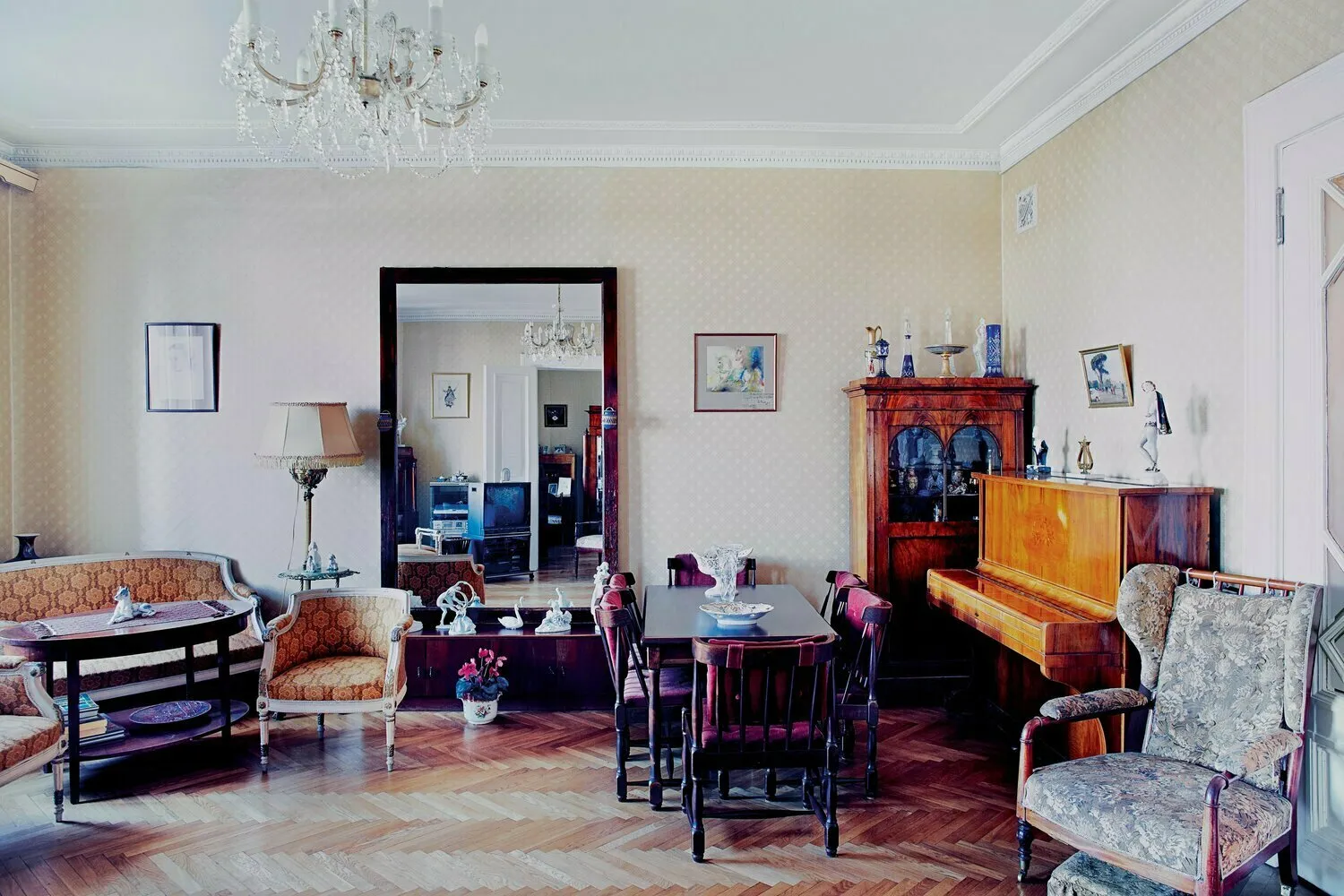 Photo: pinterest.com
Photo: pinterest.comArchitectural Features: Why Does the Skyscraper Look This Way?
The House on Kotel'nicheskaya Embankment was built in the Stalinist style. Its distinctive features include:
- Staircase composition reminiscent of New York skyscrapers from the 1930s;
- Rich decorative facades: reliefs, sculptures, ornamental details;
- A spire with a star reaching 176 meters high;
- Use of natural materials in finishes: granite, marble, ceramics.
 Photo: pinterest.com
Photo: pinterest.comWhat Sets It Apart from Its 'Sisters': Unique Features of the House on Kotel'nicheskaya
Although all Stalinist skyscrapers share common features, the House on Kotel'nicheskaya has a few unique characteristics:
- Location: It is the only skyscraper standing directly on Moscow River's embankment, making it an essential element of the city's riverside panorama.
- Layout: Unlike others, it has an extended U-shaped form, creating a cozy inner courtyard.
- Functionality: It is the only one among the skyscrapers where a cinema (the 'Illusion') was originally located, still operating today.
- Height: While not the tallest among the seven 'sisters,' it has the most floors in its central section (32 stories).
- Decoration: It stands out with particularly rich sculptural decoration on its facades, including reliefs themed around labor and science.
- Residential Status: Unlike some other skyscrapers, it maintained its primarily residential function and remains a prestigious residential building.
 Photo: pinterest.com
Photo: pinterest.comMysteries and Legends of the House on Kotel'nicheskaya
Just like any iconic building, the House on Kotel'nicheskaya is surrounded by legends. One says that there's a secret underground passage in the basement leading straight to the Kremlin. Another claims that high floors house top-secret laboratories. However, there is no documented evidence supporting these stories.
Cinema and the House: What Films Were Shot in the Skyscraper
The House on Kotel'nicheskaya Embankment has served as a filming location for several well-known movies:
- 'Moscow Does Not Believe in Tears' (1979) — several scenes were shot in the building's apartments;
- 'Stilyagi' (2008) — the house appears in several episodes;
- 'Brother 2' (2000) — the building appears in panoramic shots of Moscow.
The Illusion Cinema located in the building is also frequently used for premiere screenings and film festivals.
The Skyscraper Today: How Does the House on Kotel'nicheskaya Live in the 21st Century?
Today, the House on Kotel'nicheskaya Embankment remains one of Moscow's most prestigious addresses. Despite its age, the building is well maintained. A large-scale facade restoration was conducted in 2015–2016.
The Illusion Cinema located in the building is one of Moscow's oldest cinemas and specializes in showing classic world cinema.
How to Visit the House on Kotel'nicheskaya?
Although the House on Kotel'nicheskaya is a residential building, tourists have several opportunities to get closer to it:
- Visit the Galina Ulanova Museum Apartment (by appointment);
- Go to the Illusion Cinema;
- Admire the building from the embankment or during a river tour of Moscow.
After touring the skyscraper, it's worth walking around the area. Nearby are:
- St. Nicholas Church in Kotel'niki;
- Zaryadye Park;
- Red Square.
The House on Kotel'nicheskaya Embankment is not just an architectural masterpiece but also a symbol of an entire era. It preserves memories of its famous residents, testifies to the grand ambitions of post-war Moscow, and continues to inspire new generations of architects and lovers of beauty.
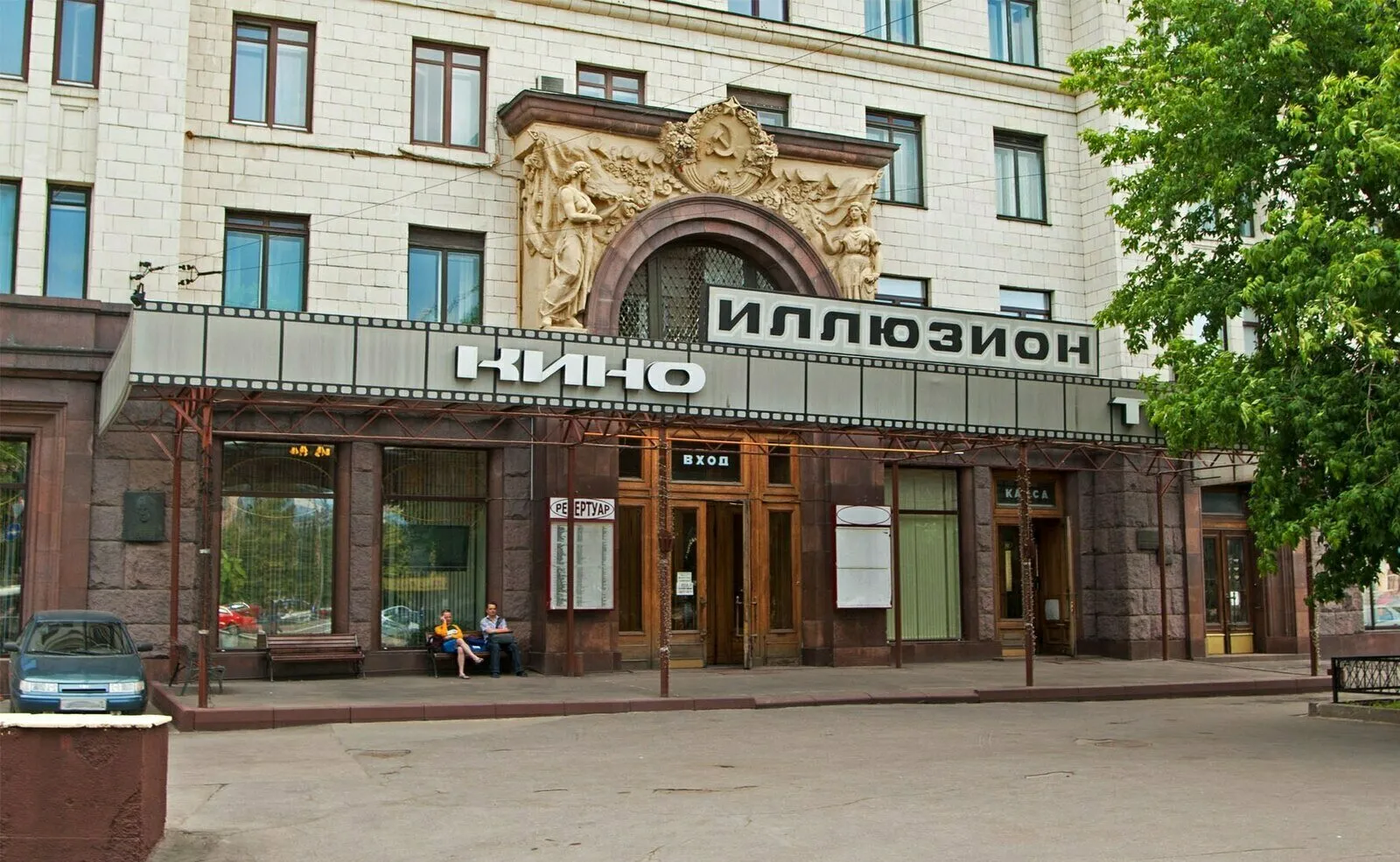 Photo: biletmarket.ru
Photo: biletmarket.ruCover: wikimedia.org
More articles:
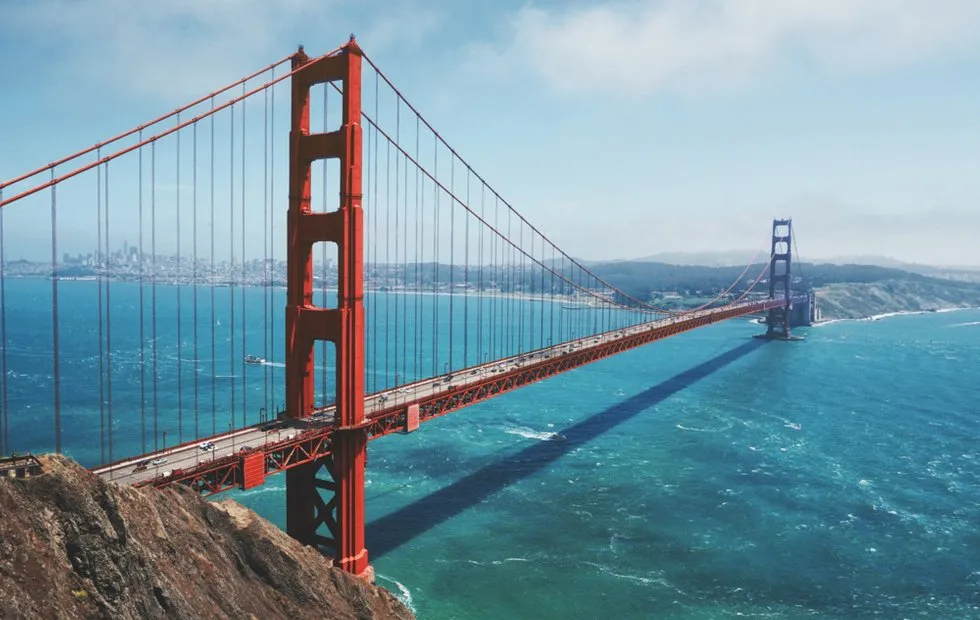 Scary Beautiful: What Scary Bridges Look Like That Even Brave Tourists Fear to Step On
Scary Beautiful: What Scary Bridges Look Like That Even Brave Tourists Fear to Step On Before and After: Completely Transformed 44 m² Two-Room Apartment in Old Panel Building
Before and After: Completely Transformed 44 m² Two-Room Apartment in Old Panel Building Before and After: Budget Transformation of a Kitchen in a Khrushchyovka
Before and After: Budget Transformation of a Kitchen in a Khrushchyovka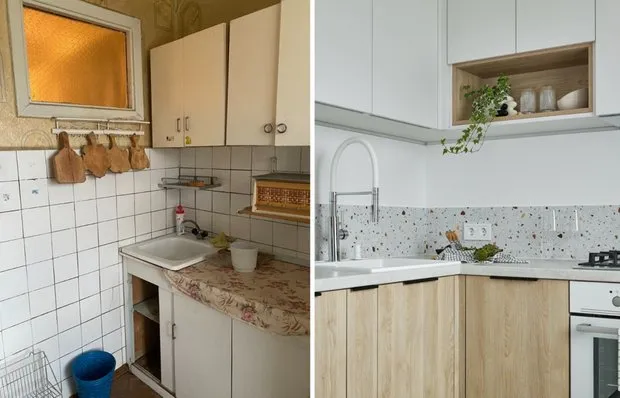 How a Designer Updated a Dead Kitchen in a Khrushchyovka for Herself (Before and After Photos)
How a Designer Updated a Dead Kitchen in a Khrushchyovka for Herself (Before and After Photos)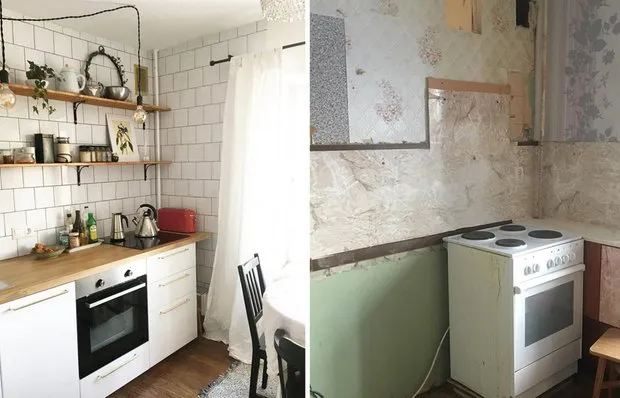 From Panel House to Scandi: How a Young Mom Transformed a Typical Kitchen (Before and After Photos)
From Panel House to Scandi: How a Young Mom Transformed a Typical Kitchen (Before and After Photos)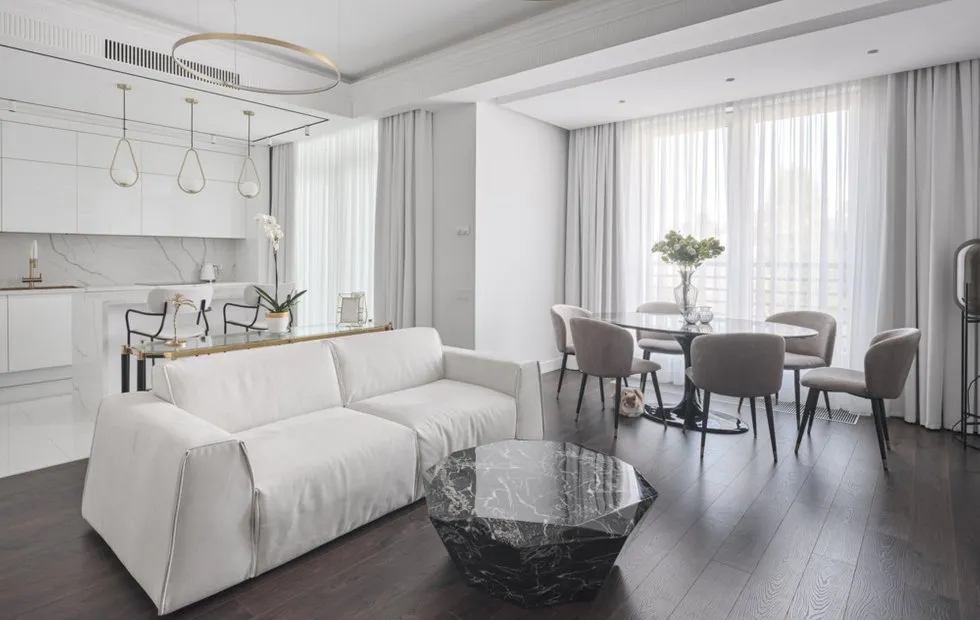 White Interior: Fashionable Trend or Trap for Perfectionists?
White Interior: Fashionable Trend or Trap for Perfectionists?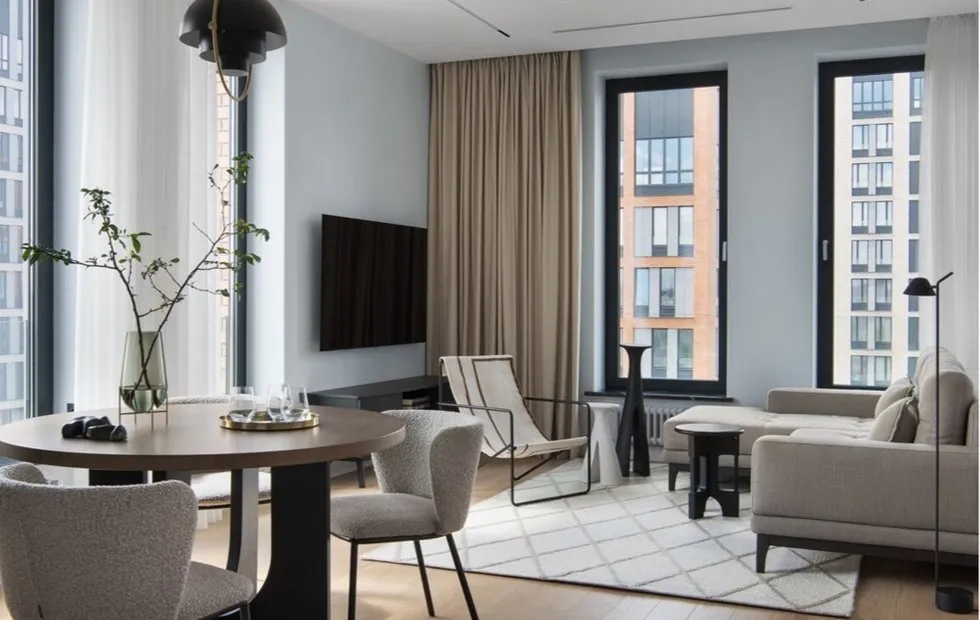 You Can't Demolish: The Truth About Combining the Kitchen with the Living Room
You Can't Demolish: The Truth About Combining the Kitchen with the Living Room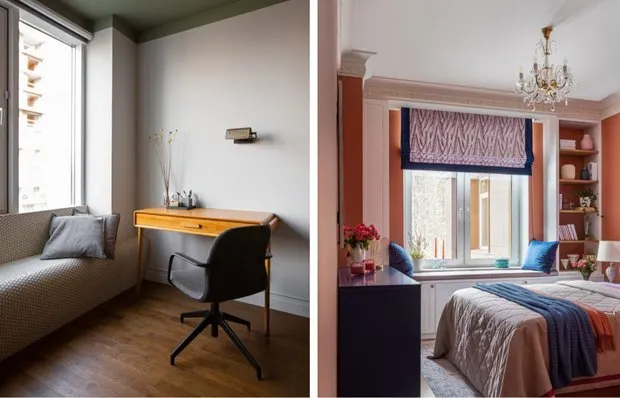 Relax Zone by the Window: 7 Cozy Solutions from Designers
Relax Zone by the Window: 7 Cozy Solutions from Designers